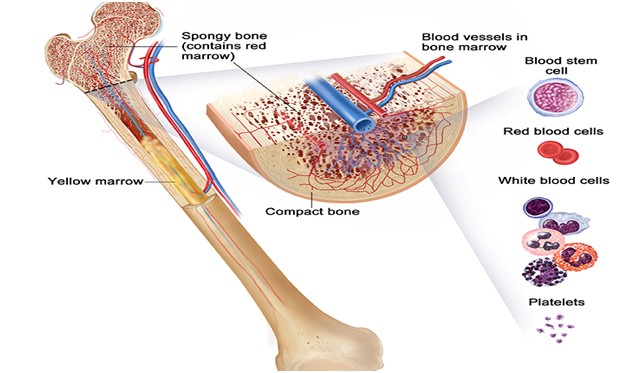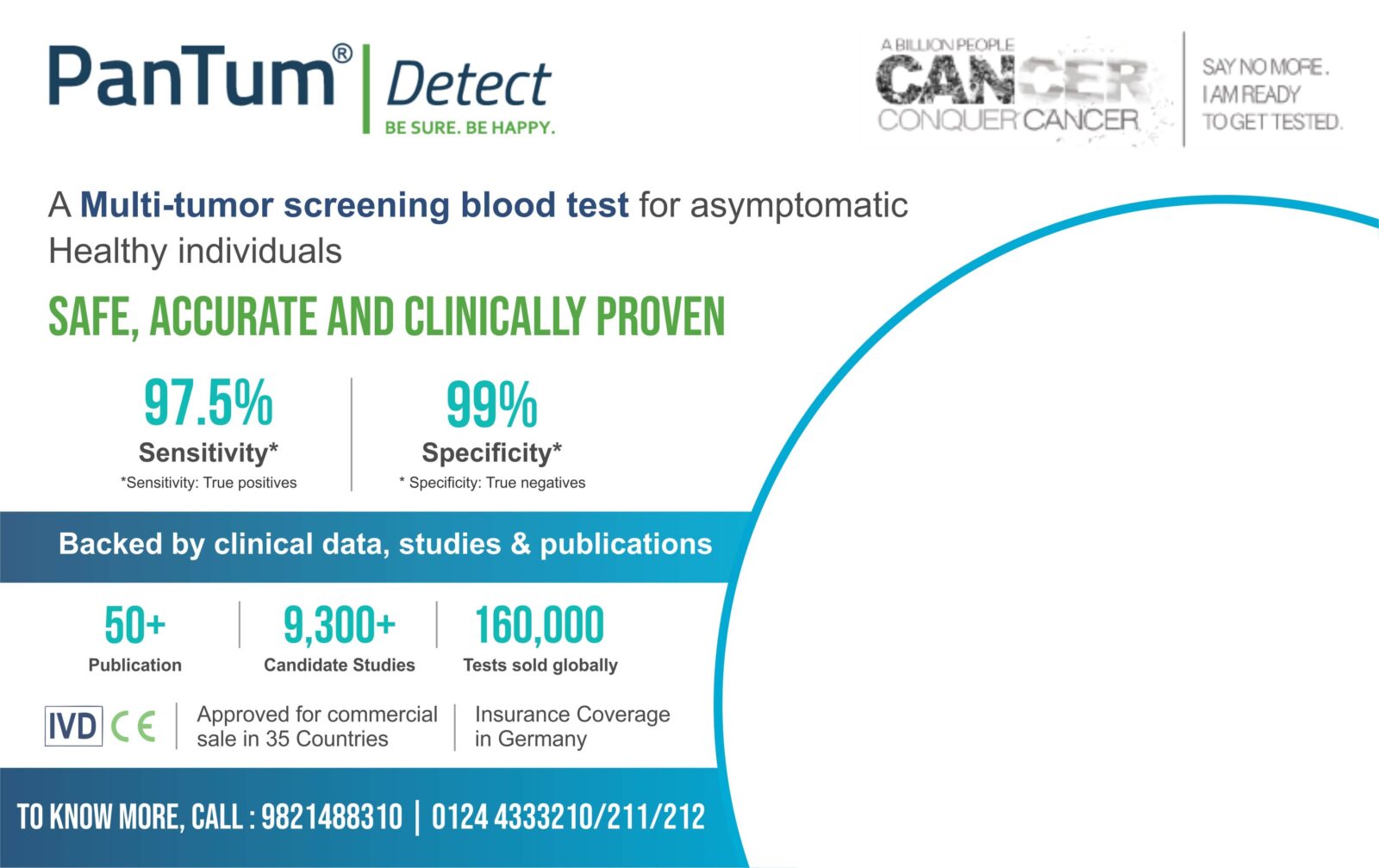
Acute Lymphocytic Leukemia
What is acute lymphoblastic leukemia?
It is a cancer of the blood. It begins when normal blood cells, called lymphocytes, change and grow uncontrollably. All is the most common type of childhood cancer.
What are lymphocytes?
Lymphocytes are a type of white blood cell made in the bone marrow, the spongy, red tissue in the inner part of the large bones. Lymphocytes are found in the blood, lymph nodes, and spleen. Healthy lymphocytes fight bacterial and viral infections.
In ALL, new, immature lymphocytes known as lymphoblasts do not develop into mature cells. Instead, these blasts fill up the bone marrow, preventing normal blood cell production, and build up in the bloodstream.
Abnormal lymphoblasts can also spread to other organs and tissues, including the lymph nodes, liver, spleen, in a girl’s ovaries, in a boy’s testicles, spinal fluid, and skin.
What factors determine how acute lymphoblastic leukemia is treated?
When deciding on a treatment plan, we consider a patient’s age and white blood cell count, the results of a specialized test that looks at the various proteins expressed by the leukemia cells, called immunophenotyping, the presence of genetic abnormalities in the leukemia cells, and cancer’s response to early treatment.
Unlike other types of cancer, the spread of ALL to other parts of the body does not mean the cancer is in an advanced stage. Acute leukemia is usually found throughout the body when it is diagnosed and it may still be cured.
How is acute lymphoblastic leukemia treated?
Chemotherapy, the primary treatment for all, is generally done in four phases to get rid of the tumor (called a remission) and then to destroy any remaining cancer cells.
Several drugs may be used and may be given by mouth or injection.
Radiation therapy for ALL is typically used only when cancer spreads to the brain, spinal fluid, or a boy’s testicles. It is also used for high-risk ALL to help prevent the spread of leukemia to the spinal fluid.
Stem cell/bone marrow transplantation is most often used for recurrent or refractory ALL
CAR T-cell therapy that uses the patient’s T-cells to attack the leukemia cells, has been approved for use in recurrent leukemias.
The side effects of treatment can often be prevented or managed with the help of patient healthcare team. This is called supportive care and is an important part of the overall treatment plan.












Interia
December 2, 2023 at 7:59 pmI was blown away by the quality of this article. The author’s writing is not only informative and engaging, but also deeply thoughtful and insightful. I appreciate the level of research that went into each section, and the author’s ability to present complex information in a clear and accessible way. What I love most about this article is its commitment to presenting balanced and unbiased perspectives on a range of topics, which is increasingly rare in today’s media landscape. Overall, this article is a testament to the power of journalism to inform and educate readers.